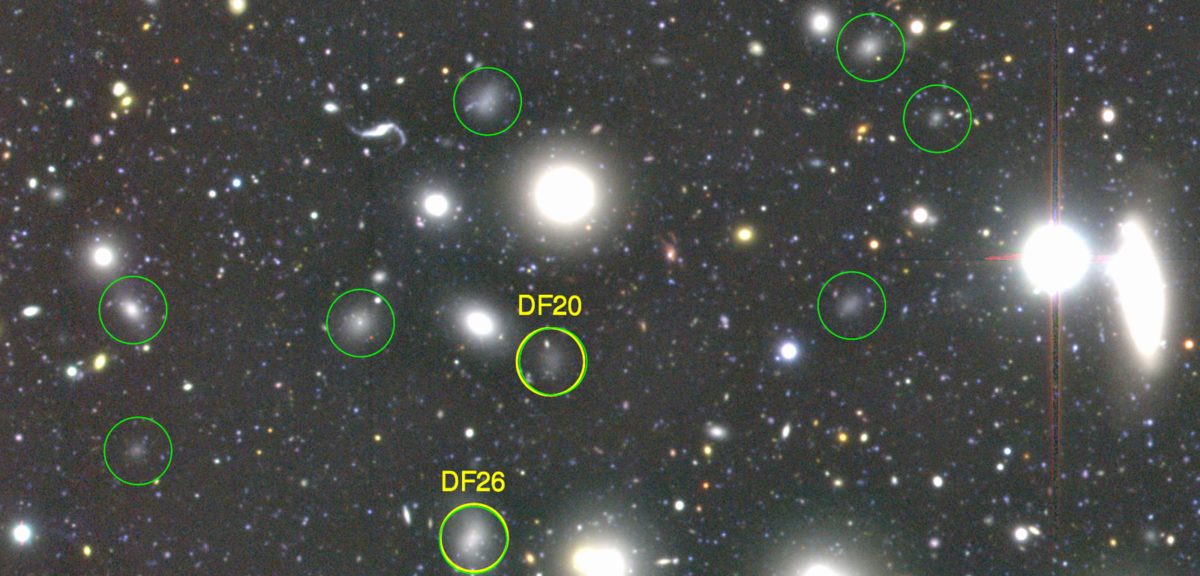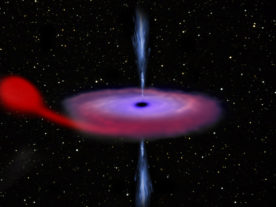Astronomers Find Huge Treasure Trove of Ultra-Dark Galaxies
U.S. and Japanese researchers have discovered 854 “ultra dark galaxies” located within the Coma Cluster, about 321 million light years from Earth. Dark galaxies are described as those that are totally composed of or are mostly filled with dark matter, which cannot be seen by telescopes. Nevertheless, the existence of dark galaxies can be implied from the gravitational effect dark matter has on visible matter.
Fossils Gathered 80 Years Ago Unearth New Dinosaur
Paleontologists who analyzed dinosaur fossils gathered in South Africa in the late 1930’s have discovered a new, 200-million-year-old dinosaur. Among the more distinctive features found within the fossil samples was a unique cross-like ankle bone. Since the fossils were found in an area about 30 kilometers from the Lesotho border, the new dinosaur was named Sefapanosaurus, from the Sesotho word “sefapano,” which means cross.
Childhood Emotional Adversity Could Lead to Migraines in Adulthood
Canadian scientists have linked childhood emotional distress to migraine headaches in adulthood. The researchers from the University of Toronto said that they found evidence that children who see their parents fighting or have experienced physical and sexual abuse have a better than average chance of experiencing migraine headaches when they grow-up. Men who reported all three adversities were found to have over three times the odds of getting migraine headaches. Women who reported the same have little less than three times the chance of getting a migraine.
Scientists Find Comet-Like Tail Following Small Exoplanet
Scientists have discovered a “comet-like” tail trailing a Neptune-sized exoplanet 33 light years away. The tail is a cloud of hydrogen escaping from the small exoplanet, identified as GJ 436b. While escaping gas has already been observed in larger gas giant exoplanets, scientists were surprised to see the phenomena on a much smaller planet. The scientists said x-rays from the dwarf red star are burning off the exoplanet’s upper atmosphere, which is creating the hydrogen cloud.
Today’s Racehorses Run Faster than Ancestors
A new study by researchers at UK’s University of Exeter found that today’s racehorses run faster than their ancestors, despite a past scientific studies that indicated the speed of the racehorse has leveled off. The researchers said those past studies used smaller and more selective samples and didn’t include factors such as ground softness. For their new study, the researchers analyzed a large data set of racing records that gave a more detailed overview of thoroughbred performance from the mid 1800’s to 2012.
























Comments are closed.